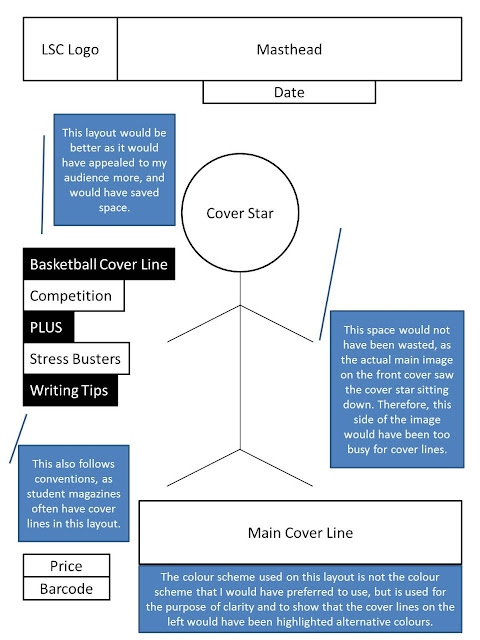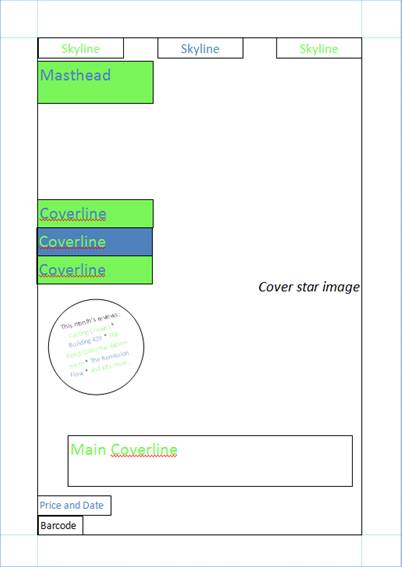Physical Distribution
Newsstands
provide physical distribution, i.e. the magazine is physically on the newsstand
and people can pick it up and buy it. Physical distribution is the movement of
finished products from the manufacturer to the consumer. It involves going
through various wholesaling and retailing channels, and included areas of
customer service, transportation, and warehousing. Physical distribution works
on a sale and return agreement between the retailer and the publisher. This
means that if a retailer buys 20 magazines and only sells 16 of them, they can
send back the four unsold magazines and the retailer is not charged for these
magazines.
However,
physical distribution is time consuming and expensive. As it involves the
transport of products from the manufacturer and the consumer, it also involves
all the costs of transport, such as petrol and drivers. Also, there will be the
added costs of unsold magazines. Before they are made, it is impossible for
publishers to know how well a magazine or issue of a magazine is going to sell.
If retailers send back lots of magazines which cost the retailer nothing, the
publisher is losing money on the unsold magazines. Therefore, physical
distribution is an expensive method of distribution.
There
are three types of physical distribution: intensive distribution, selective
distribution, and exclusive distribution. For magazines, intensive distribution
is used; this means that they are stocked the majority of retail outlets.
Direct Distribution
Direct
distribution is when a free magazine is given directly to the consumer on the
street. It is an alternative to indirect distribution in that it does not
involve marketing the magazine through wholesalers or retailers. Magazines that
use direct distribution include Shortlist.
The main advantage of direct distribution is that it gets to a lot of people; Shortlist is read by over 500,000
people.
However,
there are disadvantages to this method of distribution. Direct distribution is
extremely expensive. The publisher makes no money on the magazines themselves,
and the people who give out the magazines have to be paid. Therefore, magazines
using direct distribution will generally have more adverts in them than
magazines using other methods of distribution, as advertising is the only way
to cover the costs of making and distributing the magazine.
Postal Subscription
This
is probably the most efficient method of distribution. As subscriptions are
pre-paid by the consumer, there is no wastage of money and so the publisher
makes money through the circulation of the magazine.
This
type of distribution is also better for the consumer. They do not have to go
out to buy the magazine and do not have to worry about missing an issue; the
next issue is automatically delivered to them when it comes out. Those
subscribing may also receive their magazines before they appear in the shops,
and subscriptions often offer incentives. For example, a magazine may offer
subscribers a free gift upon subscribing and there may be exclusive offers and
even front covers that are purely for those who subscribe to the magazine.
Online Distribution
This
method of distribution is often paper-free and is both convenient and cheap for
both the publisher and the consumer. Magazines can be downloaded onto internet
devices such as phones, tablets and Kindles and therefore only a digital copy
of each magazine needs to be made which saves on the cost of printing
magazines. Also, online subscriptions can be made to some magazines; this
allows the consumer to have a digital copy of the magazine emailed to them,
combining the benefits of lower publication costs with the benefits of
subscriptions.
Some
magazines only exist in digital form, or e-zines. RWD is an example of an e-zine.




































